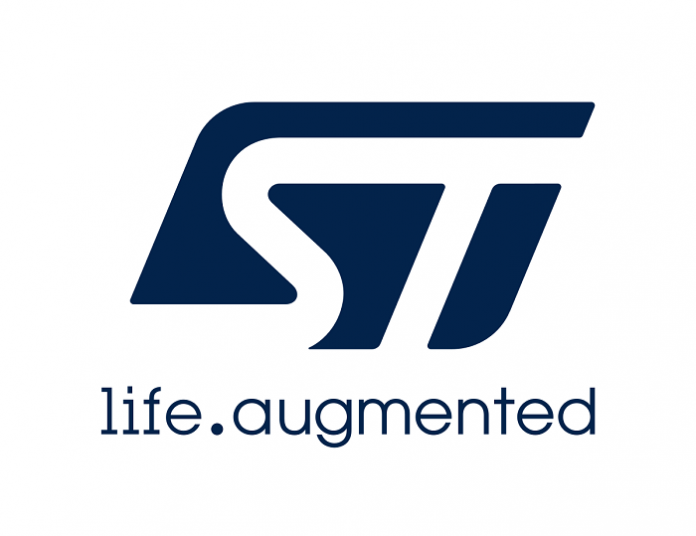Qeexo, developer of the Qeexo AutoML automated machine-learning (ML) platform that accelerates the development of tinyML models for the Edge, and STMicroelectronics, a global semiconductor leader serving customers across the spectrum of electronics applications, today announced the availability of ST’s machine-learning core (MLC) sensors on Qeexo AutoML.
By themselves, ST’s MLC sensors substantially reduce overall system power consumption by running sensing-related algorithms, built from large sets of sensed data, that would otherwise run on the host processor. Using this sensor data, Qeexo AutoML can automatically generate highly optimized machine-learning solutions for Edge devices, with ultra-low latency, ultra-low power consumption, and an incredibly small memory footprint. These algorithmic solutions overcome die-size-imposed limits to computation power and memory size, with efficient machine-learning models for the sensors that extend system battery life.
“Delivering on the promise we made recently when we announced our collaboration with ST, Qeexo has added support for ST’s family of machine-learning core sensors on Qeexo AutoML,” said Sang Won Lee, CEO of Qeexo. “Our work with ST has now enabled application developers to quickly build and deploy machine-learning algorithms on ST’s MLC sensors without consuming MCU cycles and system resources, for an unlimited range of applications, including industrial and IoT use cases.”
“Adapting Qeexo AutoML for ST’s machine-learning core sensors makes it easier for developers to quickly add embedded machine learning to their very-low-power applications,” said Simone Ferri, MEMS Sensors Division Director, STMicroelectronics. “Putting MLC in our sensors, including the LSM6DSOX or ISM330DHCX, significantly reduces system data transfer volumes, offloads network processing, and potentially cuts system power consumption by orders of magnitude while delivering enhanced event detection, wake-up logic, and real-time Edge computing.”
For more information, visit www.st.com








